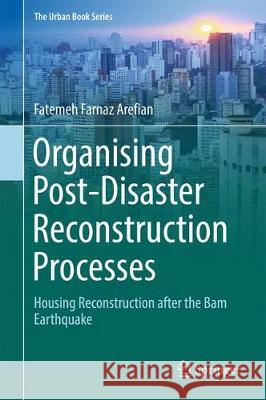Organising Post-Disaster Reconstruction Processes: Housing Reconstruction After the Bam Earthquake » książka
topmenu
Organising Post-Disaster Reconstruction Processes: Housing Reconstruction After the Bam Earthquake
ISBN-13: 9783319890098 / Angielski / Miękka / 2019 / 279 str.
Organising Post-Disaster Reconstruction Processes: Housing Reconstruction After the Bam Earthquake
ISBN-13: 9783319890098 / Angielski / Miękka / 2019 / 279 str.
cena 403,47 zł
(netto: 384,26 VAT: 5%)
Najniższa cena z 30 dni: 385,52 zł
(netto: 384,26 VAT: 5%)
Najniższa cena z 30 dni: 385,52 zł
Termin realizacji zamówienia:
ok. 22 dni roboczych
Bez gwarancji dostawy przed świętami
ok. 22 dni roboczych
Bez gwarancji dostawy przed świętami
Darmowa dostawa!
Kategorie BISAC:
Wydawca:
Springer
Seria wydawnicza:
Język:
Angielski
ISBN-13:
9783319890098
Rok wydania:
2019
Wydanie:
Softcover Repri
Ilość stron:
279
Oprawa:
Miękka
Wolumenów:
01











